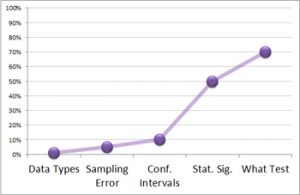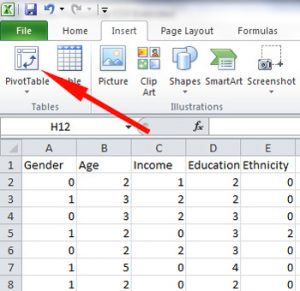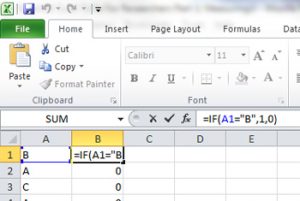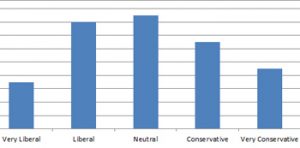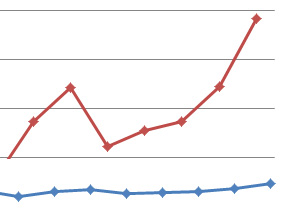
The Difference between Observed and Latent Variables
You can’t see customer satisfaction. You can’t see usability. There isn’t a thermometer that directly measures someone’s intelligence. While we can talk about satisfied customers, usable products, or smart people, there isn’t a direct way to measure these abstract concepts. And clearly these concepts vary. We’ve all had experiences that left us feeling unsatisfied or

